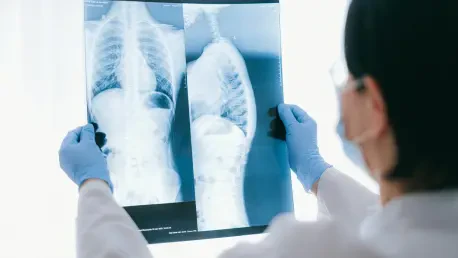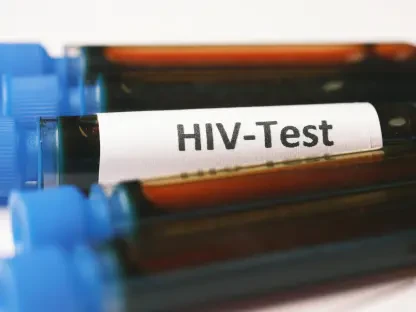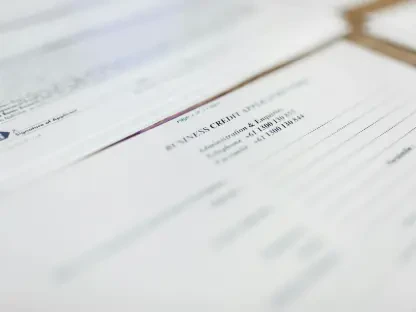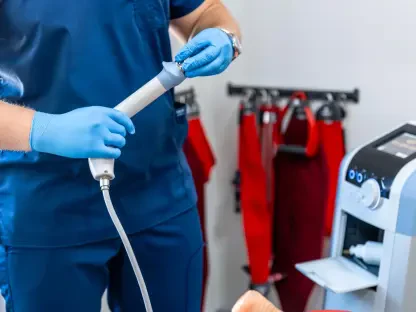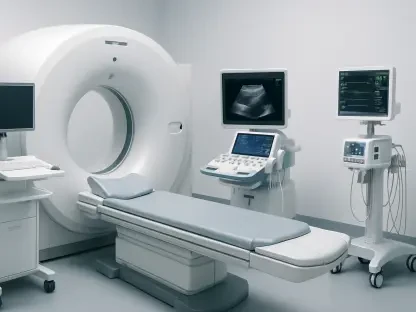In recent years, there has been a noticeable expansion in insurance coverage aimed at increasing accessibility to healthcare services. However, the journey is far from over as underserved communities continue to face persistent obstacles in accessing necessary medical imaging. The escalating challenge isn’t merely a matter of availability but extends to logistical and psychological barriers. Radiologists play a pivotal role in overcoming these hurdles, implementing innovative outreach strategies to extend services closer to patients’ everyday environments. The emphasis is on convenience, trust-building, and comprehensive support, all of which are indispensable for promoting equitable healthcare access.
Addressing Logistical Barriers
The Role of Mobile Screening Programs
Transportation and distance often pose formidable challenges for individuals in underserved areas attempting to access medical imaging. While insurance coverage is crucial, logistical barriers lead many to prioritize daily obligations over medical appointments. Radiologists have devised mobile screening initiatives as practical solutions to these pressing needs. By bringing services directly into communities, these programs minimize travel time and expenses, removing significant roadblocks to receiving care. Furthermore, mobile units can facilitate regular screenings, encouraging adherence to preventive healthcare routines and mitigating potential outcomes of delayed diagnoses.
Community Outreach and Engagement
Establishing effective communication channels with local communities is paramount for ensuring that mobile screening programs are both known and utilized. Radiologists spearhead efforts to collaborate with community leaders and organizations, leveraging these partnerships to disseminate crucial information about available services. Embedding healthcare messages within existing community frameworks enhances the resonance of the information, making it more likely for individuals to take action. Additionally, involvement of local figures as ambassadors can provide authenticity and trust, fostering an environment where healthcare expectations align more closely with community values and experiences.
Building Trust and Overcoming Fear
The Importance of Culturally Sensitive Communication
One of the more subtle yet significant barriers is apprehension or distrust toward medical procedures and professionals. Cultural nuances and historical contexts often fuel these sentiments, underscoring the importance of culturally sensitive communication. Radiologists and healthcare providers are increasingly adapting their messaging to reflect and respect the diverse backgrounds of the populations they serve. Initiatives to incorporate multilingual materials and culturally relevant narratives can demystify medical procedures, making patients feel more comfortable and understood. Addressing these fears explicitly not only enhances immediate participation but also lays the groundwork for long-term relationships between healthcare systems and the communities they serve.
Leveraging Trusted Community Figures
The inclusion of trusted community figures in outreach programs adds a critical layer of assurance. These individuals serve as bridges, connecting the formal healthcare system with apprehensive populations. By involving familiar and respected figures, healthcare providers can dispel myths, clarify doubts, and foster a welcoming atmosphere for hesitant community members. Trusted liaisons can offer personalized testimonials, share success stories, and provide guidance, all of which contribute significantly to reducing fear and encouraging proactive healthcare engagement. This approach actively involves community voices in the narrative, making healthcare initiatives more approachable and relevant.
Comprehensive Approach to Healthcare Accessibility
Partnership-Driven Solutions
Transitioning healthcare delivery towards a more partnership-driven model ensures that services resonate authentically with community needs. Radiologists are increasingly part of multidisciplinary teams focused on delivering healthcare that is not only accessible but also adaptable to an array of cultural and social contexts. These partnerships facilitate ongoing dialogue, enabling healthcare systems to tailor their strategies effectively, reflecting diverse community demographics and preferences. The adaptability of such approaches prevents one-size-fits-all models, which often alienate potential recipients of essential healthcare services and discourage engagement.
Continuous Feedback and Improvement
In recent times, there’s been a significant increase in insurance coverage to make healthcare services more accessible. Despite these advancements, many underserved communities still encounter significant obstacles in getting the necessary medical imaging they need. The growing problem isn’t just about availability but also includes logistical and emotional challenges. Radiologists are key players in tackling these issues, employing innovative outreach strategies to bring services closer to where patients live and work. They’re focusing on making healthcare convenient, establishing trust, and providing comprehensive support, all essential for promoting equitable access to healthcare. These efforts aim to reduce gaps between patients and services, ensuring those in marginalized areas don’t fall through the cracks. Building a healthcare system that’s inclusive requires addressing these barriers head-on and making sure that everyone, regardless of their community, has the access they need to medical imaging and care.
